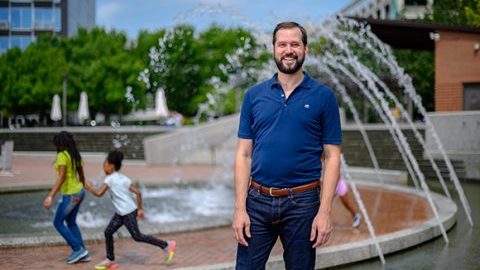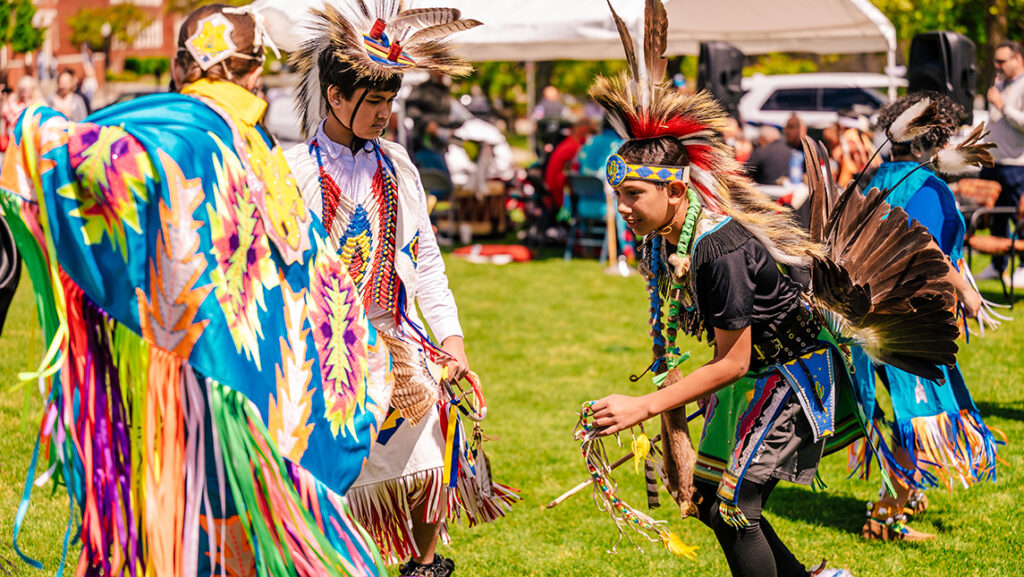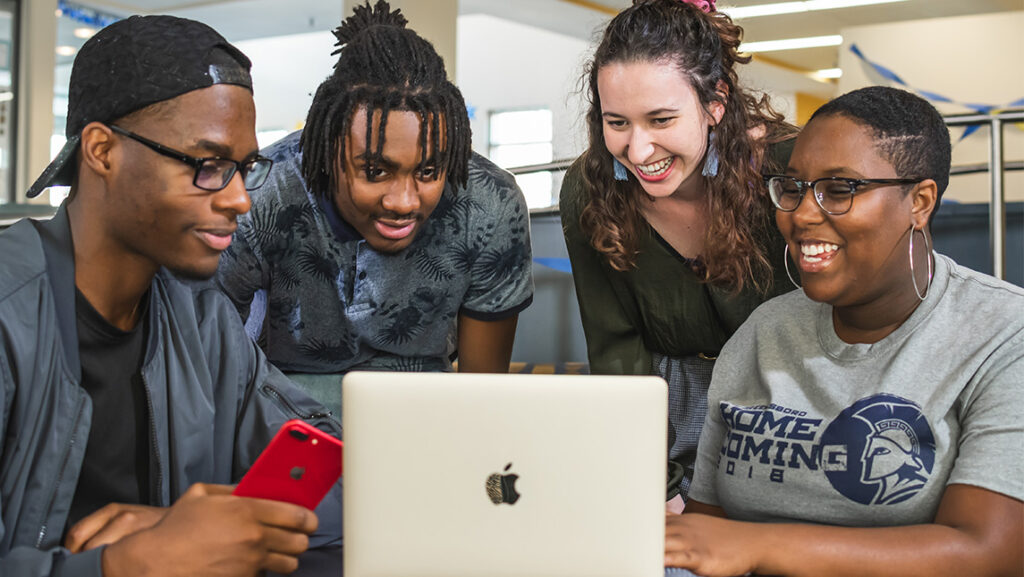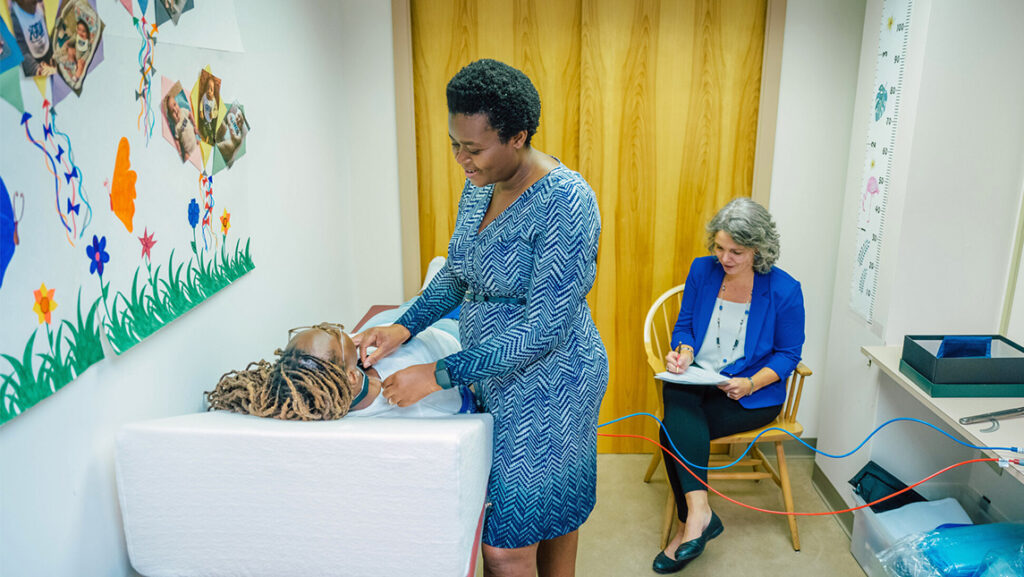For most of us, a day at the park means a picnic with family, live music, or a Friday night movie on the lawn.
For Dr. Benjamin Hickerson, it means data collection, critical analysis, and an exploration of the role of parks in communities.
Hickerson, an associate professor in UNC Greensboro’s Department of Community and Therapeutic Recreation, has spent more than 15 years researching a variety of recreation environments, from parks to video games. Since 2014, he and colleagues at Penn State and Penn State Abington have been focused on three parks in Philadelphia: Fairmount Park (the third largest urban park in the United States), Bartram’s Garden, and the Rail Park.
The work, funded by the William Penn Foundation, has included evaluating park renovations and serving as a liaison between the community and developers. The primary research methods are visitor monitoring through SOPARC (System for Observing Play and Recreation in Communities) and surveying park users and neighborhood residents. Hickerson and his colleagues recently published some of their findings in the Journal of Leisure Research.
“A lot of these parks are in once affluent neighborhoods that have deteriorated over time,” Hickerson explains. “These renovations reflect a reinvestment in public spaces, which gets people excited about moving into old neighborhoods. At the same time, they can displace individuals who have been living there.”
Gentrification is a hot-button issue in the United States and in urban areas across the world. To help manage the negative effects that parks can have on communities, Hickerson explains that the individuals and organizations leading development and renovation projects should directly engage with the people who may be impacted.
Often, smaller-scale renovations and investments may be better for these communities.
“The community is the park, and the park is the community,” he says. “We didn’t go into this work focusing on gentrification, but that became a major narrative.”
Why study parks in the first place?
“A lot of places around the world are becoming privatized, so we need somewhere people can go and seek respite from really developed urban conditions. Parks serve as our major public place for that,” Hickerson says. “With competing interests for development, it’s hard to create new parks and to have public land set aside for that purpose.”
The changes he’s seen in Philadelphia reflect trends in urban parks across the country. In many cities, including here in Greensboro, people are working on connecting parks to a greenway system. Parks have also become magnets for larger community events – such as food truck festivals or live music concerts.
However, according to Hickerson, ownership issues can start to emerge because of unique partnerships between nonprofits and city governments. For example, Greensboro’s Center City Park and LeBauer Park are managed by Greensboro Downtown Parks, a nonprofit organization that partners with the City of Greensboro.
Ultimately, Hickerson says that as communities and neighborhoods change and diversify, it’s important to rethink public spaces.
“There are a lot of questions about how we can configure public spaces that best serve people’s interests.”
Story by Alyssa Bedrosian, University Communications
Photography by Martin W. Kane, University Communications



